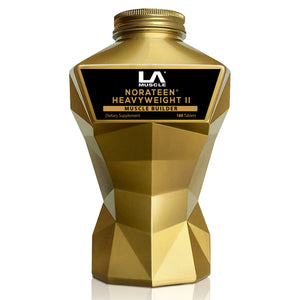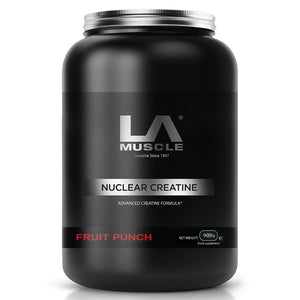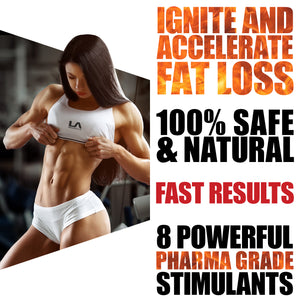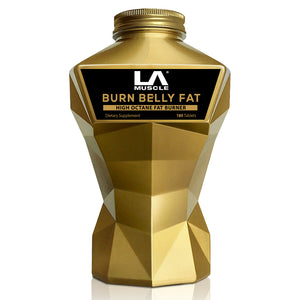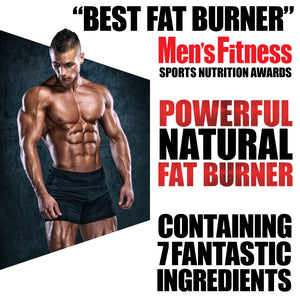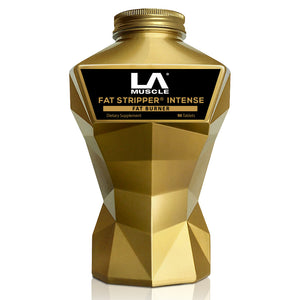
Cooking is as much a science as it is an art. From the crunch of a raw carrot to the smokiness of a chargrilled steak, every step along the cooking spectrum changes the food—not just in flavour and texture, but in its nutritional profile and impact on health. Some methods enhance nutrient availability, while others may cause losses or even create harmful compounds. Understanding what happens to food during each stage—raw, lightly cooked, braised, grilled, fried, or burnt—helps us make choices that balance taste, nutrition, and health.
1. Raw: Food in Its Natural State
Process: Food is eaten without heat. Examples: raw vegetables, fruits, sushi, sashimi, carpaccio.
Nutrient effects:
-
Heat-sensitive vitamins preserved: Vitamin C, B vitamins, and certain antioxidants remain intact.
-
Enzyme activity: Some enzymes remain active, aiding digestion (though many are broken down in the stomach regardless).
-
Reduced bioavailability of some nutrients: Carotenoids (e.g., in carrots, tomatoes) and antioxidants like lycopene are bound within plant cell walls and less available until softened by cooking.
-
Potential risks: Some raw foods carry bacteria, parasites, or natural toxins (e.g., raw beans, potatoes, or undercooked meats).
Best for: Fresh fruits, leafy greens, nuts, seeds, and foods where vitamin preservation is key.
2. Blanched & Steamed: Gentle Heat
Process: Food is quickly boiled (blanching) or cooked with steam, often briefly.
Nutrient effects:
-
Minimal nutrient loss: Steaming especially retains vitamin C and B vitamins compared to boiling.
-
Cell wall breakdown: Increases availability of carotenoids, lutein, and beta-carotene.
-
Hydration preserved: Unlike frying, steaming doesn’t add fat.
Best for: Vegetables like broccoli, spinach, and carrots—nutrient retention and digestibility are optimised.
3. Boiled & Simmered: Water-Based Cooking
Process: Food is cooked in hot water (100°C). Examples: soups, stews, pasta.
Nutrient effects:
-
Vitamin loss into water: Water-soluble vitamins (C, B complex) can leach out. Retained if broth is consumed.
-
Softening: Makes fibre gentler on digestion, reducing bloating or discomfort.
-
Protein denaturation: Meat, fish, and eggs become easier to digest.
Best for: Legumes (removes toxins like lectins), starchy foods (rice, pasta), and lean meats.
4. Braised & Stewed: Slow Moist Heat
Process: Food is browned lightly then cooked slowly in liquid for hours.
Nutrient effects:
-
Nutrient retention if liquid consumed: Vitamins lost to broth remain in stews.
-
Enhanced mineral extraction: Long cooking releases minerals from bones (calcium, magnesium).
-
Collagen breakdown: In meat, connective tissue transforms to gelatin, improving digestibility.
Best for: Tough meats, beans, root vegetables—flavour-rich, nutrient-balanced meals.
5. Grilled & Roasted: Dry Heat Cooking
Process: Exposed to dry heat, often at high temperatures. Grilling uses direct flame; roasting uses oven heat.
Nutrient effects:
-
Concentrates flavour and nutrients: Water loss intensifies taste but doesn’t increase actual nutrient density.
-
Maillard reaction: Amino acids + sugars form browned flavours, improving palatability.
-
Nutrient loss: Vitamin C and some B vitamins degrade under high, dry heat.
-
Potential harmful compounds: Charring creates polycyclic aromatic hydrocarbons (PAHs) and heterocyclic amines (HCAs), linked to cancer risk.
Best for: Vegetables (caramelisation boosts flavour), lean meats, and whole fish (avoid heavy charring).
6. Pan-Fried & Deep-Fried: Oil-Based Cooking
Process: Food cooked in fat at 160–200°C.
Nutrient effects:
-
Increased energy density: Oil absorption raises calorie content.
-
Fat-soluble vitamin stability: Vitamins A, D, E, and K withstand frying.
-
Loss of heat-sensitive vitamins: Vitamin C and some antioxidants diminish.
-
Oxidised fats: Repeatedly heated oils can create harmful trans fats and aldehydes.
Best for: Quick-cooking foods like eggs, tofu, or fish fillets. Use stable oils (e.g., olive oil, avocado oil) and avoid reused oil.
7. Stir-Fried & Sautéed: Quick High-Heat Cooking
Process: Food cooked quickly in small amounts of fat, often at high heat.
Nutrient effects:
-
Vitamin retention: Because cooking is fast, vitamin C and B vitamins are better preserved than boiling.
-
Improved antioxidant release: Lycopene in tomatoes and beta-carotene in carrots increase in bioavailability.
-
Risk of oxidation: If overheated, oils break down and form free radicals.
Best for: Mixed vegetables, lean protein—nutrient balance with flavour.
8. Baked: Gentle Dry Heat
Process: Food cooked in an oven without direct flame, usually at 160–220°C.
Nutrient effects:
-
Moderate vitamin loss: More retained than boiling, less than steaming.
-
Caramelisation & Maillard reaction: Enhances flavour, aroma, and digestibility.
-
Even heating: Reduces bacterial risk compared to raw or lightly cooked.
Best for: Root vegetables, casseroles, bread, and fish.
9. Smoked: Flavour by Fire
Process: Food exposed to wood smoke at low or high heat.
Nutrient effects:
-
Preservation effect: Smoke slows microbial growth.
-
Antioxidant compounds: Smoke contains natural phenols that can preserve food.
-
Risk compounds: Polycyclic aromatic hydrocarbons (PAHs) form—linked to long-term health risks if consumed frequently.
Best for: Occasional meats or fish for flavour—best not as a staple.
10. Burnt & Charred: Nutritional Breakdown
Process: Overcooking until blackened.
Nutrient effects:
-
Nutrient destruction: Most vitamins destroyed; proteins denatured beyond digestibility.
-
Formation of harmful compounds: PAHs, HCAs, acrylamide (in burnt bread, potatoes) increase risk of inflammation and cancer.
-
Poor digestibility: Burnt food is harder on the digestive system.
Best for: Nothing—should be avoided as a regular practice.
Which Method Is “Best”?
There’s no universal “best,” but each has its place:
-
Raw: Best for vitamin C-rich fruits and leafy greens.
-
Steamed: Ideal for vegetables—nutrient preservation and digestibility.
-
Boiled/Braised: Great for legumes, soups, stews where cooking liquid is consumed.
-
Grilled/Roasted: Excellent for flavour—moderation is key to avoid charring.
-
Stir-Fried: Balanced method for vegetables and proteins—nutrients + taste.
-
Fried: Occasional treat; healthier when done quickly with stable oils.
-
Burnt: Avoid, due to toxic compound formation.



